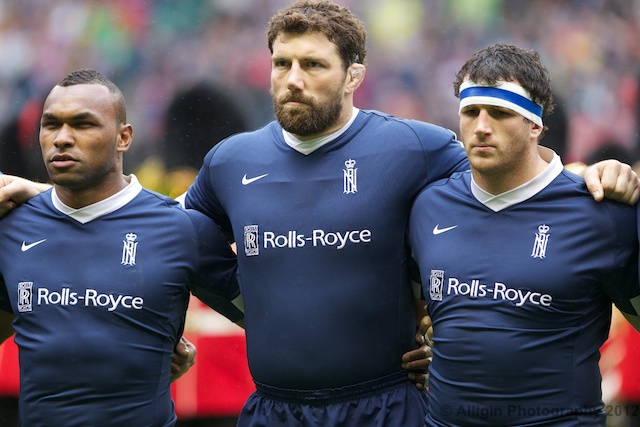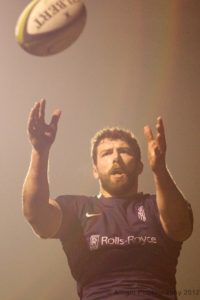Commonwealth Cup – all the information can be found on this page – CNRC Sydney 2012

With the Commonwealth Cup starting on Wednesday and the Royal Navy team in the air as this is written the sixth CNRC will soon be upon us. In Part 1 I took a look at the 2003 Commonwealth Cup where this year’s hosts, the Royal Australian Navy, came to within 2 minutes of winning the cup. In 2006 it was the turn of the Kiwis.
Having been observers in 2003 the 2006 tournament was hosted by the South African Navy and regrettably remains the only tournament in which they have participated. With a four team competition it was, in many ways, fairer as the format ensured that all the teams had equal recovery times between matches.
The tournament was played in Simon’ s Town with each team having its own floor of an accommodation block. Food was good and plentiful and even though the transport was ‘interesting’ everything was set fora great tournament.
Round 1 – Tuesday 3rd October
The hosts opened the tournament with a defeat as the RNZN chalked up a comparatively comfortable 38-10 win. The Kiwis were always in control of the match despite conceding an early charge down score and missing their first, relatively easy penalty kick at goal. Having played with a strong breeze in their favour in the first half the RNZN reached half time 25-5 up and were too streetwise for the SAN to pull that back despite the second half advantage.

In the other round 1 match the Breakers (Royal Australian Navy) faced the Royal Navy seeking to put behind them the painful memories ‘of so near so far‘ from New Zealand. Like the Kiwi’s in the first match the Royal Navy played with the wind in the first half and reached the break with a 21-5 lead. Playing in to the strengthening wind for the second period the match was all about the Navy pack of forwards who took the game by the scruff of the neck and gave an excellent display of how to maintain possession of the ball and control a match. By the final whistle they had a comprehensive 45-12 victory under their belts.

Round 2 – Friday 6th October
Round two was to see the two unbeaten teams play each other – Royal Navy v Royal New Zealand Navy. The Kiwi’s view on this game is a powerful account of what sport is all about and how off field and on field actions contribute to victories. First the team was surprised by the reaction of the Royal Navy to beating the Aussies. The consensus was that the celebration was “as if they had won the tournament”. Did that portray insecurity from the RN? Was it disrespectful to their other opponents? Who knows but it certainly registered throughout the New Zealand squad and spurred them on. Also to put the final touches to their preparation they were joined by their ‘greatest son’ Wayne ‘Buck’ Shelford on the Friday morning. Buck the legendary former RNZN PTI (and now patron of NZ Defence Rugby) and All Black’s captain flew in from Japan to present the Kiwis with their match jersey’s. No one will know exactly what was said in the jersey presentation but it was delivered by a man acknowledged as one of the greatest the Game as ever seen but far more importantly by a man who understood, who lived and who breathed NZ Navy Rugby – a powerful and potent combination.

The match was the first on the Friday and though it may not have been a classic in terms of ‘the alround game’ it turned out to be a brutal forward contest. With the Kiwis having decided that their victory would only be secured by meeting “fire with fire” the NZ pack went toe-to-toe with their british counterparts for the full eighty minutes. Such was their controlled aggression that for the second half of the match the RN remained scoreless whilst the Kiwis added to the two tries of the first half with their third try of the match and a deserved 20-10 victory. In acknowledgement of the historic significance of the result the RNZN team found the energy from deep within exhausted bodies to perform a RNZN Haka at the end of the match – a sign of respect to their defeated foe as well as a celebration of their achievements. Though not being performed by their rugby team an example of the NZ Navy’s Haka can be found by clicking here (official) and also one performed on board HMNZS Te Kaha.
Friday continued to be a day of upsets as the hosts defeated the Breakers in the second match. Few of the large crowd would have expected this before kick off and certainly not when the RAN moved comfortably to a 17-0 lead. However another match played in the strong wind gave the SAN hope and this only increased as they got an early score in the second half. As the score closed the RAN lost a little composure and they were unable to arrest their decline and suffered a 26-17 defeat. It was probably great for the atmosphere of the tournament as the SAN celebrated their first ever win but it was a chastening experience for the Aussies.
Round 3 – Tuesday 10th October
The New Zealand team woke on Tuesday morning with their fate in their own hands. Beat or draw against their historic rivals, Australia, and they would be the 2006 Commonwealth Navies Rugby Cup champions and the first team beside the Royal Navy to win the event.
The match started well for the Kiwis and they were soon in the lead through a try from influential number 8 Mike Kennedy followed by a second from winger Tim Erickson. The Kiwis were clearly on top and just before the half time whistle looked to have scored their third try. However the referee correctly rules a forward pass and from the resultant scrum the RAN gained field position and a penalty to get on the score board before half time.

The second half started with the RAN getting a try to trail by just two points and the game went in to a period where it ebbed and flowed between the two teams. However an interception by the RAN in midfield allowed them a score, and they in to the lead for the first time 15-10. The Kiwis had opportunities but the Breakers were sensing the victory and were defending for their lives. A converted try would still give the KIwis the Lou Smith Cup and the CNRC Title but instead a late indiscretion gave the RAN a kick at goal and the match 18-10. It left the Kiwi’s were nothing from the match, not even a losing bonus point. Friday’s jubilation was a long way away.
For the Breakers a cup winning (Lou Smith) end to a difficult tournament that had seen them suffer two earlier defeats. However their journey over the previous two seasons had been remarkable. They finished the 2004 season with fewer than fifty players. The return of influential coach, Geoff Stokes, had regalvanised Breaker rugby. They had won the Aussie Inter Services in 2005 and had shown rich promise in Simon’s Town.
As the final match kicked off the tournament could still be won by three teams. The RNZN were reliant on neither the SAN or RN winning the match with a try scoring bonus point. For the other two teams a win and a bonus point would be enough. How costly that last penalty conceded by the Kiwis! Unfortunately for those watching this third match was probably one match too far for the SAN. The South African’s were unable to compete with the Royal Navy pack and the game was soon won. With the Royal Navy getting the all important bonus point in their 51 – 5 victory they retained their trophy and were able, this time appropriately, to celebrate their victory.

Leave a Reply